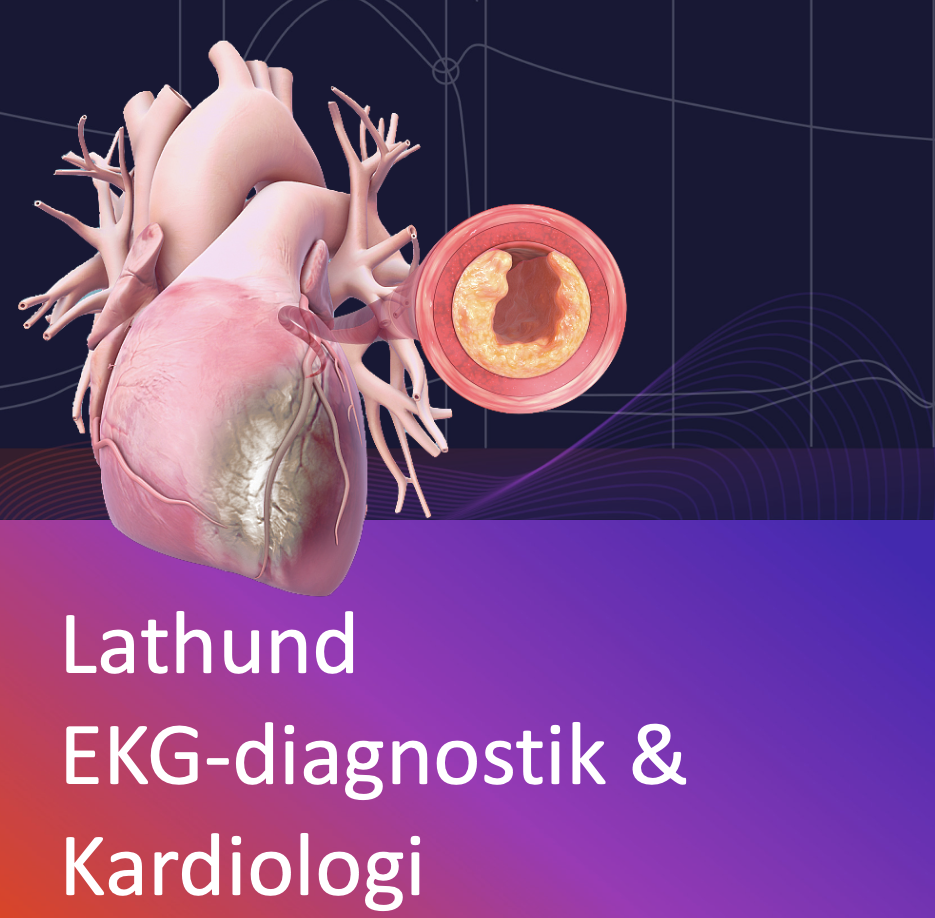Hypoxi och asfyxi
Hypoxi innebär att syrgastrycket i blodet är lågt. Asfyxi innebär att ventilationen otillräcklig vilket leder till hypoxi. Således leder asfyxi alltid till hypoxi. De vanligaste orsakerna till hypoxiska hjärtstopp är som följer:
- Trauma och olyckor
- Trauma kan ge direkta skador mot luftvägar, med efterföljande luftvägsobstruktion. Trauma kan också ge centralnervösa (CNS) skador som leder till apné eller hypoventilation.
- Tryckpneumothorax
- Drunkning
- Luftvägsobstruktion
- Hängning
- Respiratoriska orsaker
- Pneumoni
- Höjdsjuka
- Aspiration
- KOL (Kronisk Obstruktiv Lungsjukdom)
- Astma (status asthmaticus)
- Laryngospasm
- Övrigt
- Koma
- Central hypoventilation
- Neuromuskulär sjukdom med hypoventilation
- Anemi
Naturalförlopp vid asfyxi
Om ventilation upphör fullständigt (t ex akut luftvägsobstruktion) sjunker blodets syrgasmättnad fort. Inom 1–2 minuter är syrgasmättnaden 60% och då inträder medvetandeförlust. Myokardiet reagerar på hypoxi genom att nedreglera kontraktilitet (detta sker alltid i ischemiskt myokardium). Inom 3–8 minuter inträder PEA (pulslös elektrisk aktivitet), vilket innebär att hjärtats kontraktioner upphör men elektrisk aktivitet (depolarisation, repolarisation) fortsätter. PEA övergår i asystoli inom ett par minuter (DeBehnke et al, Safar et al). Den absoluta majoriteten av alla asfyktiska hjärtstopp börjar således med PEA och slutar i asystoli. Defibrillerbara rytmer (VF, VT) är sällsynta vid hypoxiska hjärtstopp, vilket framgår av det faktum att endast 0.5% av alla hängningar uppvisar VF initialt (Kitamura et al, Deasy et al).
Ett komplett luftvägshinder resulterar i PEA och hjärtstopp inom 8 minuter.
Det saknas randomiserade studier för hjärtstopp orsakade av hypoxi. Hjärtstopp till följd av asfyxi/hypoxi handläggs enligt HLR-algoritmen. Försök att reoxygenera patienten har högsta prioritet och skall fortgå under tiden HLR pågår.
Vid hjärtstopp till följd av asfyxi är sannolikheten för ROSC hög men överlevnaden är mycket låg, liksom andelen som överlever med god neurologisk funktion (Tabell 1).
| Tabell 1. | Asfyxi | Hängning | Falltrauma | Drunkning | Trafikolycka | Överdos av läkemedel eller droger |
| Antal individer | (n=2670) | (n=1999) | (n=1300) | (n=1062) | (n=765) | (n=187) |
| Pre-hospital ROSC (%) | 17.3 | 7.2 | 1.7 | 3.4 | 3.7 | 2.1 |
| Total ROSC (%) | 37.6 | 75.0 | 93.3 | 84.2 | 83.3 | 76.5 |
| Inlagda på sjukhus (%) | 57.3 | 22.7 | 4.8 | 13.8 | 12.0 | 21.4 |
| 30-dagars överlevnad (%) | 14.3 | 4.2 | 0.7 | 1.1 | 1.6 | 3.7 |
| Överlevnad med god neurologisk funktion (CPC 1-2, %) | 2.7 | 0.9 | 0.1 | 0.4 | 0.8 | 2.1 |
Referenser
DeBehnke DJ, Hilander SJ, Dobler DW, Wickman LL, Swart GL. The hemodynamic and arterial blood gas response to asphyxiation: a canine model of pulseless electrical activity. Resuscitation 1995;30:16975.
Safar P, Paradis NA, Weil MH. Asphyxial cardiac arrest. In: Paradis NA, Halperin HR, Kern KB, Wenzel V, Chamberlain DA, editors. Cardiac arrest—the science and practice of resuscitation medicine.
Kitamura T, Kiyohara K, Sakai T, et al. Epidemiology and outcome of adult out-of-hospital cardiac arrest of non-cardiac origin in Osaka: a population-based study. BMJ Open 2014;4:e006462.
Deasy C, Bray J, Smith K, et al. Hanging-associated out-of-hospital cardiac arrests in Melbourne, Australia. Emerg Med 2013;30:3842.
Luna GK, Pavlin EG, Kirkman T, Copass MK, Rice CL. Hemodynamic effects of external cardiac massage in trauma shock. J Trauma 1989;29:1430-3.
Jeffcoach DR, Gallegos JJ, Jesty SA, et al. Use of CPR in hemorrhagic shock, a dog model. J Trauma Acute Care Surg 2016;81:27-33.
Watts S, Smith JE, Gwyther R, Kirkman E. Closed chest compressions reduce survival in an animal model of haemorrhageinduced traumatic cardiac arrest. Resuscitation 2019;140: 37-42.
Endo A, Kojima M, Hong ZJ, Otomo Y, Coimbra R. Open-chest versus closed-chest cardiopulmonary resuscitation in trauma patients with signs of life upon hospital arrival: a retrospective multicenter study. Crit Care 2020;24:541.
Ebo DG, Clarke RC, Mertes PM, et al. Molecular mechanisms and pathophysiology of perioperative hypersensitivity and anaphylaxis: a narrative review. Br J Anaesth 2019;123:e3849.
Wallmuller C, Meron G, Kurkciyan I, et al. Causes of in-hospital cardiac arrest and influence on outcome. Resuscitation 2012;83:120611.
Wang CH, Huang CH, Chang WT, et al. The effects of calcium and sodium bicarbonate on severe hyperkalaemia during cardiopulmonary resuscitation: a retrospective cohort study of adult in-hospital cardiac arrest. Resuscitation 2016;98:10511.
Saarinen S, Nurmi J, Toivio T, et al. Does appropriate treatment of the primary underlying cause of PEA during resuscitation improve patients’ survival? Resuscitation 2012;83:81922.
Mroczek T, Gladki M, Skalski J. Successful resuscitation from accidental hypothermia of 11.8 degrees C: where is the lower bound for human beings? Eur J Cardiothorac Surg 2020;58:10912.
Stephen CR, Dent SJ, Hall KD, Smith WW. Physiologic reactions during profound hypothermia with cardioplegia. Anesthesiology 1961;22:87381.
Frei C, Darocha T, Debaty G, et al. Clinical characteristics and outcomes of witnessed hypothermic cardiac arrest: a systematic review on rescue collapse. Resuscitation 2019;137:418.
Wood S. Interactions between hypoxia and hypothermia. Annu Rev Physiol 1991;53:7185.
Podsiadlo P, Darocha T, Svendsen OS, et al. Outcomes of patients suffering unwitnessed hypothermic cardiac arrest rewarmed with extracorporeal life support: a systematic review. Artif Organs 2020.

